’Building Ideas: An Architectural Guide to the University of Chicago’ by Jay Pridmore

Like many progressive seats of higher education, the University of Chicago presents visitors with an enviable spread of architecture. Building Ideas is the first dedicated guide to a century’s worth of architectural accumulation since the modern era, a programme that shows no sign of abating. The University began with a template of solid, soaring Gothic, in hopeful imitation of the great European universities, most notably Oxford. Over time, this has given way to tough collegiate Brutalism – usually the most inventive and well cared for examples of pure concrete architecture – and refined American high tech.
The University of Chicago was originally founded via a donation from John D. Rockefeller (he later called it ‘the best investment I ever made in my life’), on a site that was once part of the famed World’s Columbian Exhibition of 1893. Today, the campus extends to include Frank Lloyd Wright’s Robie House, one of the icons of American modernism. The university has always embraced new architecture, commissioning Mies van der Rohe, Eero Saarinen and SOM after the war.
Contemporary architects who have contributed to the campus in the modern era include Cesar Pelli, Ricardo Legorreta, Rafael Vinoly and Murphy/Jahn. Tod Williams Billie Tsien’s Reva and David Logan Center for the Arts is one of the most recent and graceful structures to grace the campus, and a recently announced dorm by Studio Gang Architects looks set to continue a great tradition of innovative educational design.

Starting with the original gothic quadrangles, the book traces more than a century of the campus’ physical history

Laird Bell Law Quadrance, designed by Eero Saarinnen and Associates, 1959. Antoine Pevsner's 'Construction in Space in the Third and Fourth Dimension' commands attention in the Law School's reflecting pool. Photography: Tom Rossiter

Inside, the Law School's interiors are as bold its facade. The reading room of the D'angelo Law Library was renovated in 2008 to include low-iron plate glass and floating balconies. Photography: Tom Rossiter
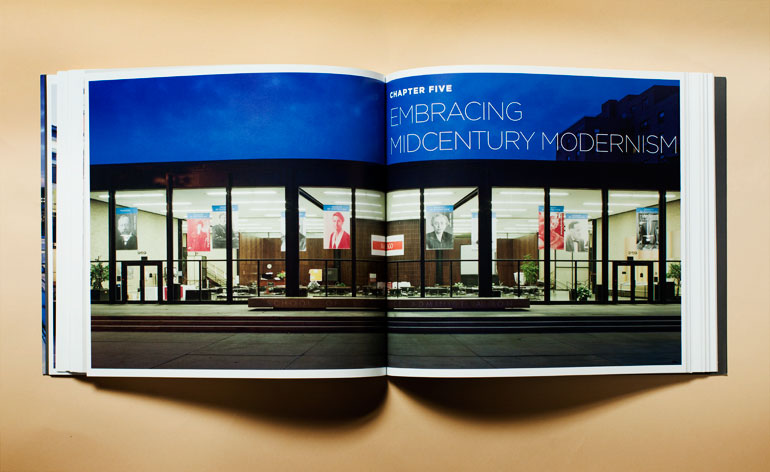
The tome comprehensively outlines the university's transition between architectural styles, from Gothic to midcentury Modernism and beyond
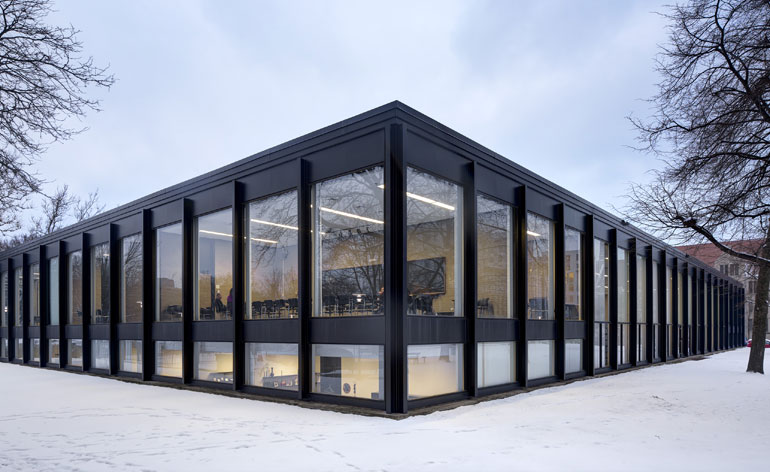
The low slung and transparent School of Social Service Administration, by Mies van der Rohe. Photography: Tom Rossiter
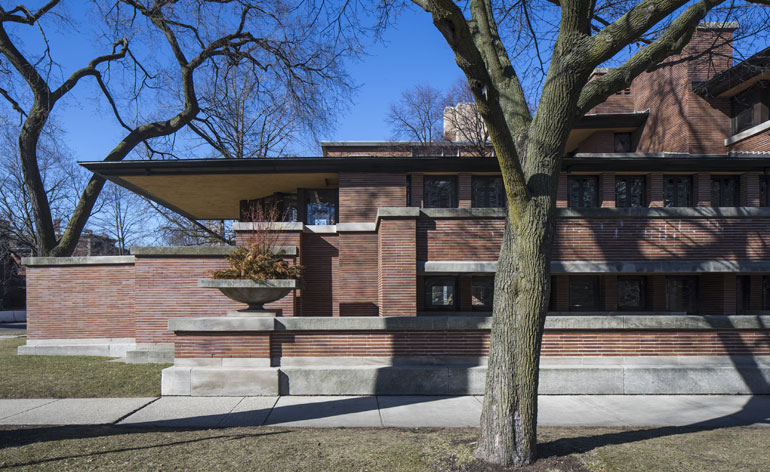
Robie House, by Frank Lloyd Wright, 1909. Photography: Tom Rossiter
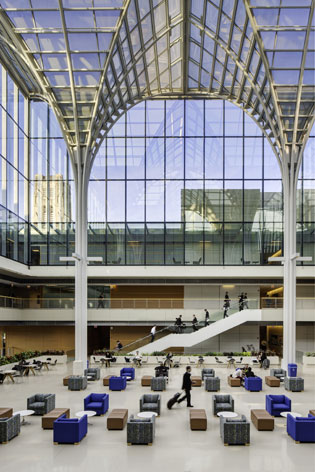
The Charles M Harper Center of the Booth School of Business, by Rafael Viñoly Architects, 2004, comprises a mix of immense spaces and more intimate ones. Photography: Tom Rossiter
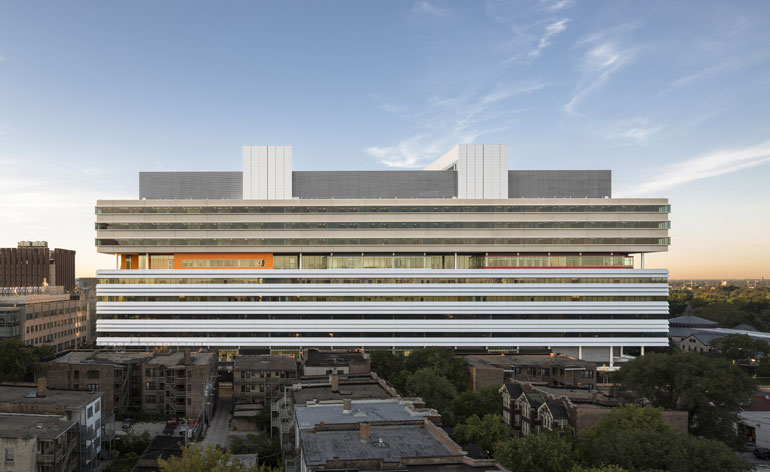
The Center for Care and Discovery, by Rafael Viñoly, is the architect's second offering on the campus. Photography: Tom Rossiter

Joseph Regenstein Library, by Skidmore, Owings and Merrill, 1970. The Regenstein Library links the campus' old architecture to the modern. Photography: Tom Rossiter

The Regenstein is noted for its brutalist limestone facade and interiors, and also houses one of the largest book collections in the world. Photography: Tom Rossiter
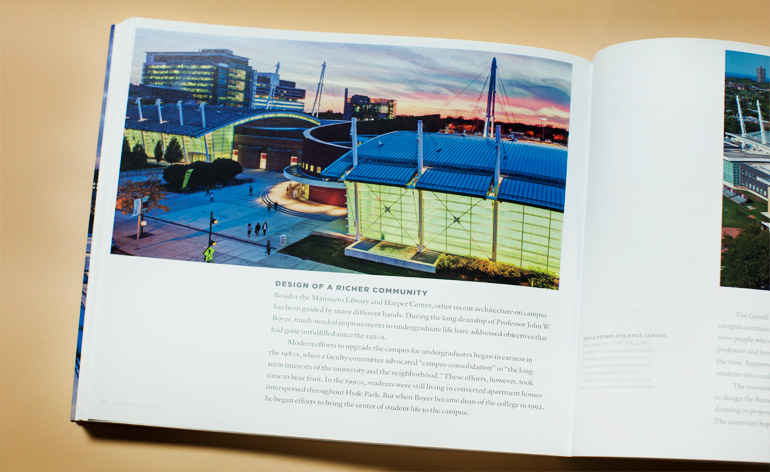
Aside from a plethora of striking imagery, the book includes in-depth text, detailing the origins of the university's buildings and its architectural evolution into the 21st century
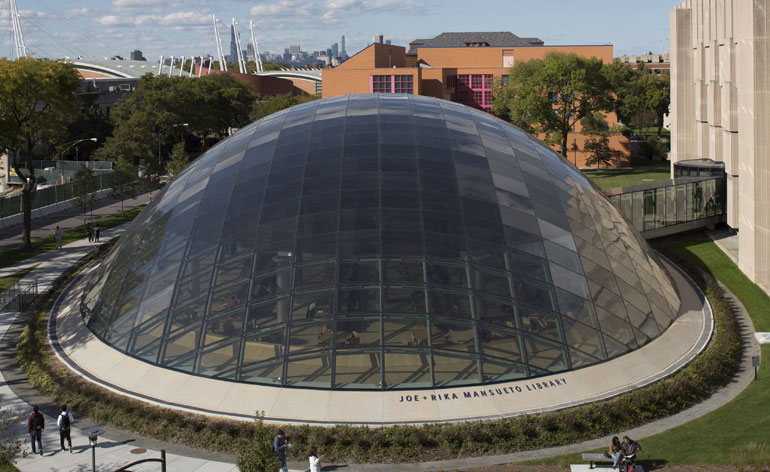
Joe and Rika Mansueto Library, by Murphy/Jahn, 2011. The newer library is connected to the Regenstein by a bridge, and features a striking elliptical, glass-panelled dome...

...while the interior contains a high-density book storage in the ground beneath the dome. Photography: Tom Rossiter

The book storage and retrieval system of Mansueto Library. Photography: Tom Rossiter

Gordon Center for Integrative Science, by Ellenzweig, 2005. Photography: Andrew Bruah
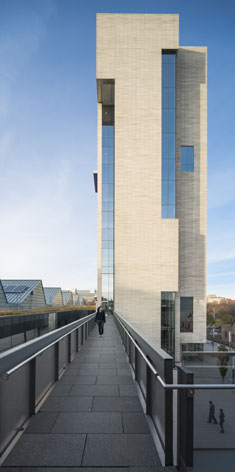
Reva and David Logan Center for the Arts, by Tod Williams Billie Tsien Architects, 2012. The tower of the Logan Center draws attention to the south edge of the Midway...
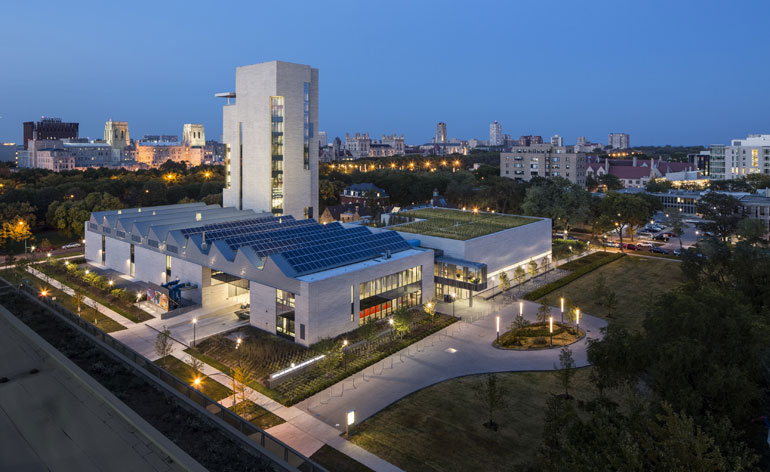
...while its high-rise design also provides views of campus and the city beyond. Photography: Tom Rossiter

The South Campus Chiller Plant, by Murphy/Jahn and Burns and McDonnell, 2008. This building makes a feature of the equipment inside it, rather than concealing it. The transparent curtain walls are made of low-emission, low reflectivity glass. Photography: Tom Rossiter
Receive our daily digest of inspiration, escapism and design stories from around the world direct to your inbox.
Jonathan Bell has written for Wallpaper* magazine since 1999, covering everything from architecture and transport design to books, tech and graphic design. He is now the magazine’s Transport and Technology Editor. Jonathan has written and edited 15 books, including Concept Car Design, 21st Century House, and The New Modern House. He is also the host of Wallpaper’s first podcast.
-
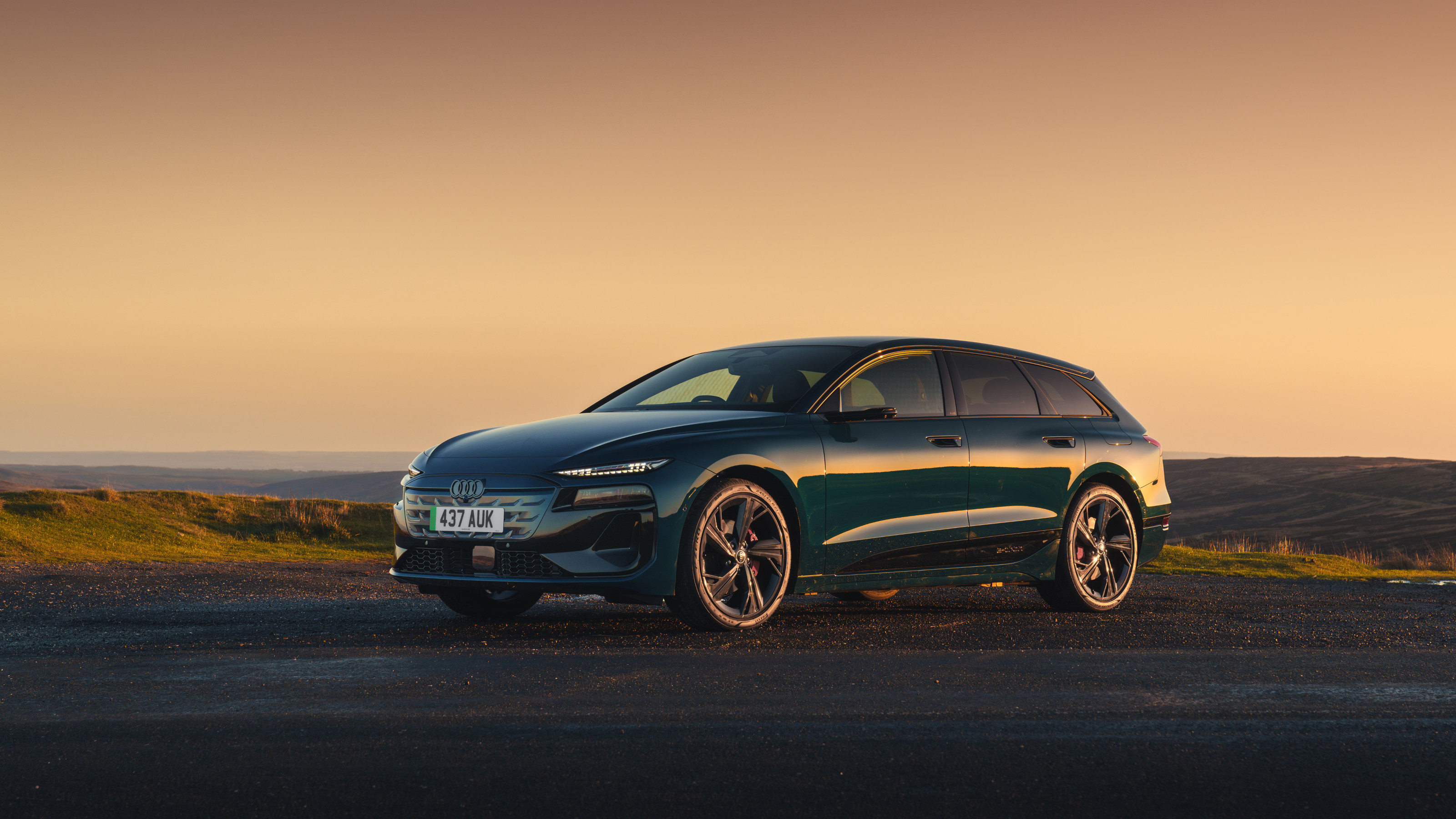 A tale of two Audis: the A5 saloon goes up against the A6 Avant e-tron
A tale of two Audis: the A5 saloon goes up against the A6 Avant e-tronIs the sun setting on Audi’s ICE era, or does the company’s e-tron technology still need to improve?
-
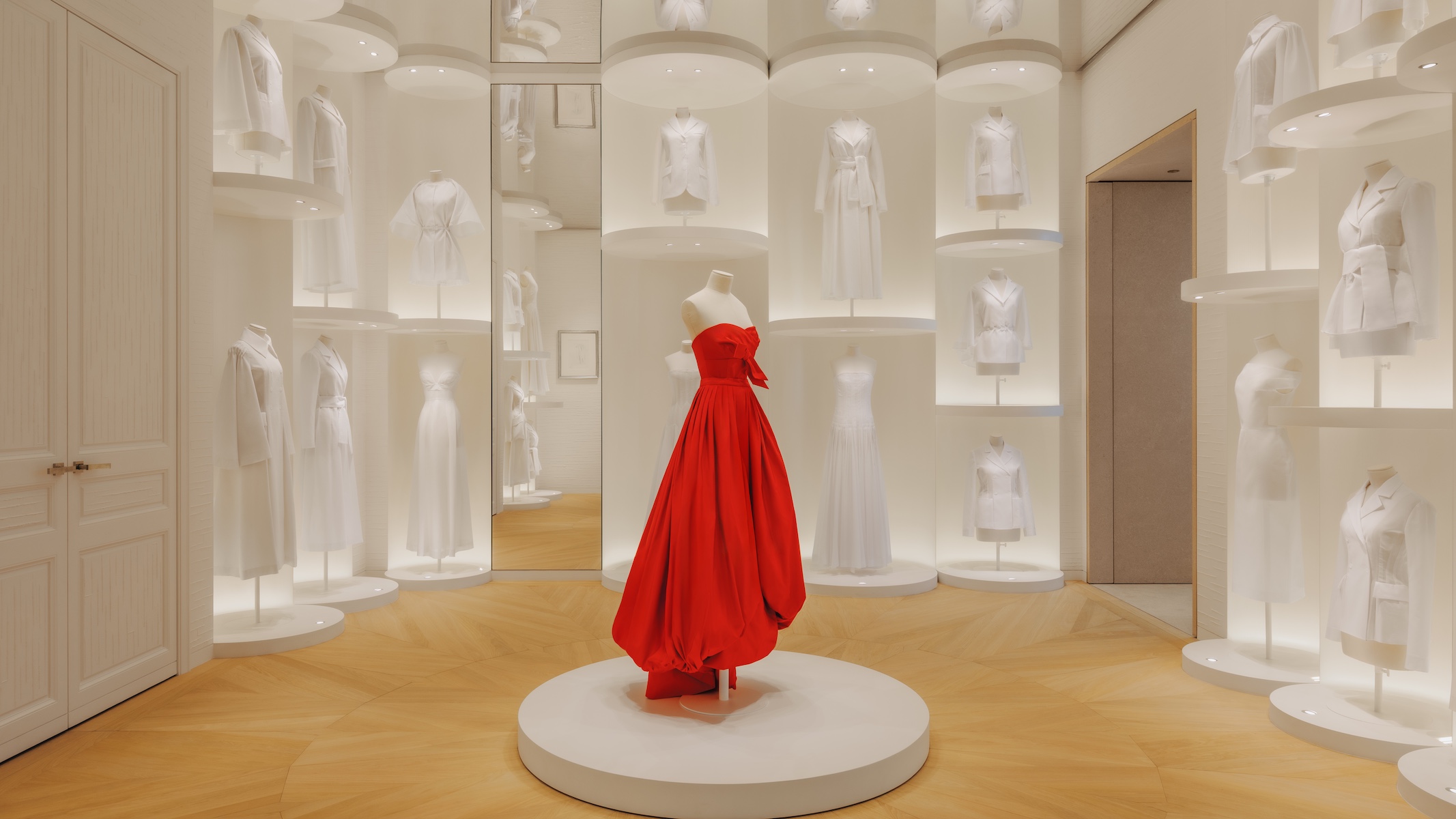 Inside Christian de Portzamparc’s showstopping House of Dior Beijing: ‘sculptural, structural, alive’
Inside Christian de Portzamparc’s showstopping House of Dior Beijing: ‘sculptural, structural, alive’Daven Wu travels to Beijing to discover Dior’s dramatic new store, a vast temple to fashion that translates haute couture into architectural form
-
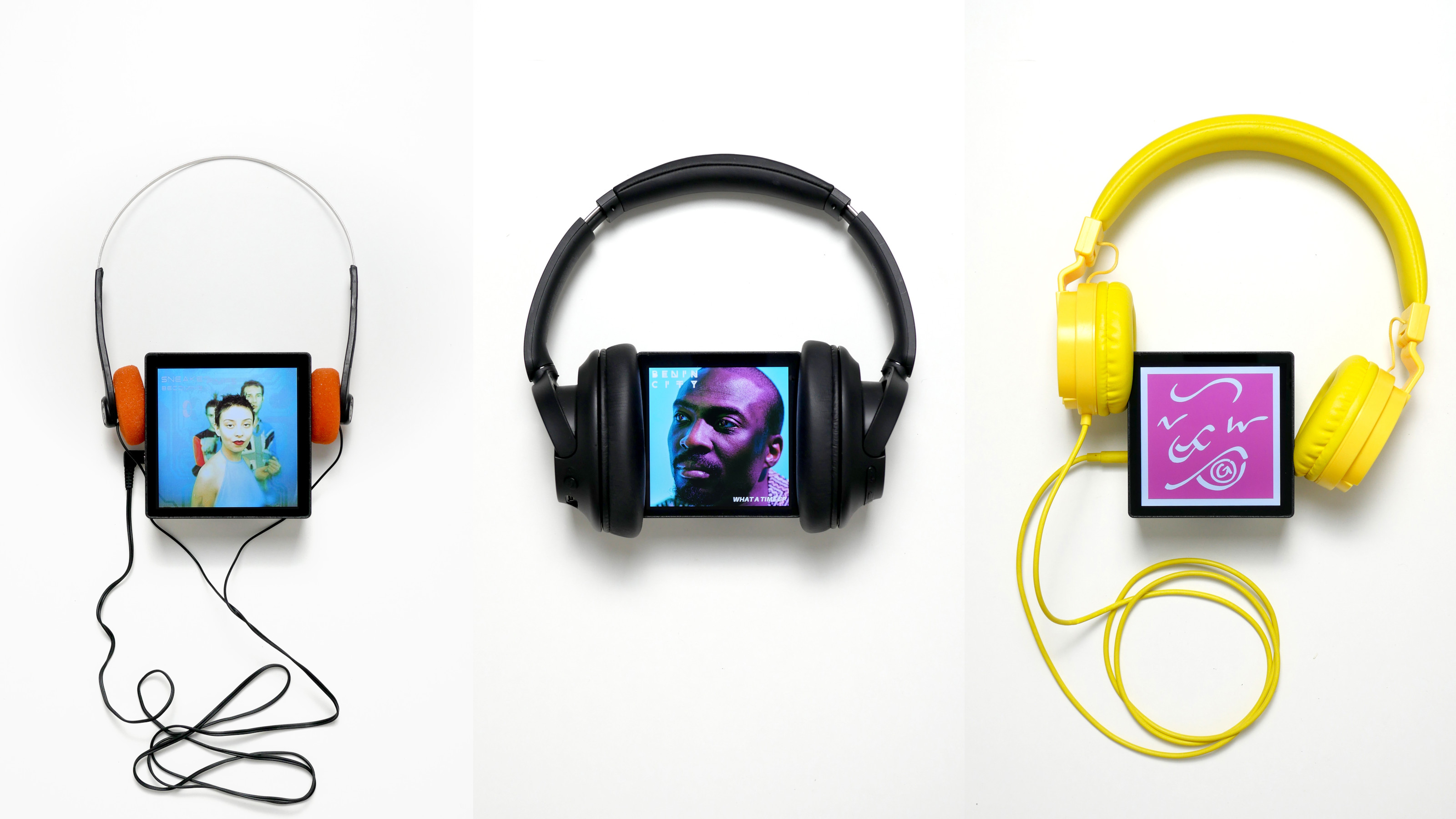 A music player for the mindful, Sleevenote shuns streaming in favour of focused listening
A music player for the mindful, Sleevenote shuns streaming in favour of focused listeningDevised by musician Tom Vek, Sleevenote is a new music player that places artist intent and the lost art of record collecting at the forefront of the experience
-
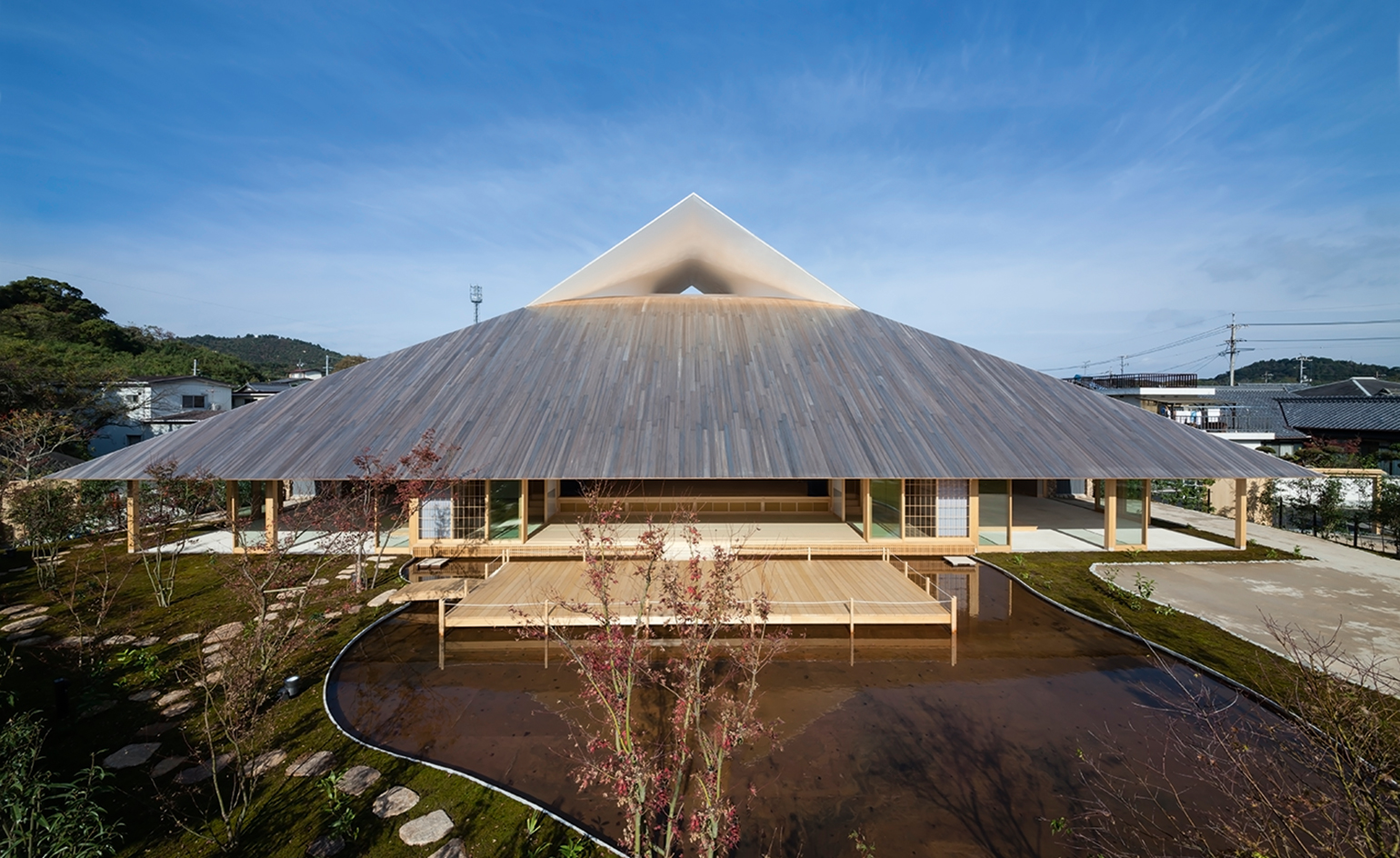 Take a tour of the 'architectural kingdom' of Japan
Take a tour of the 'architectural kingdom' of JapanJapan's Seto Inland Sea offers some of the finest architecture in the country – we tour its rich selection of contemporary buildings by some of the industry's biggest names
-
 Step inside this resilient, river-facing cabin for a life with ‘less stuff’
Step inside this resilient, river-facing cabin for a life with ‘less stuff’A tough little cabin designed by architects Wittman Estes, with a big view of the Pacific Northwest's Wenatchee River, is the perfect cosy retreat
-
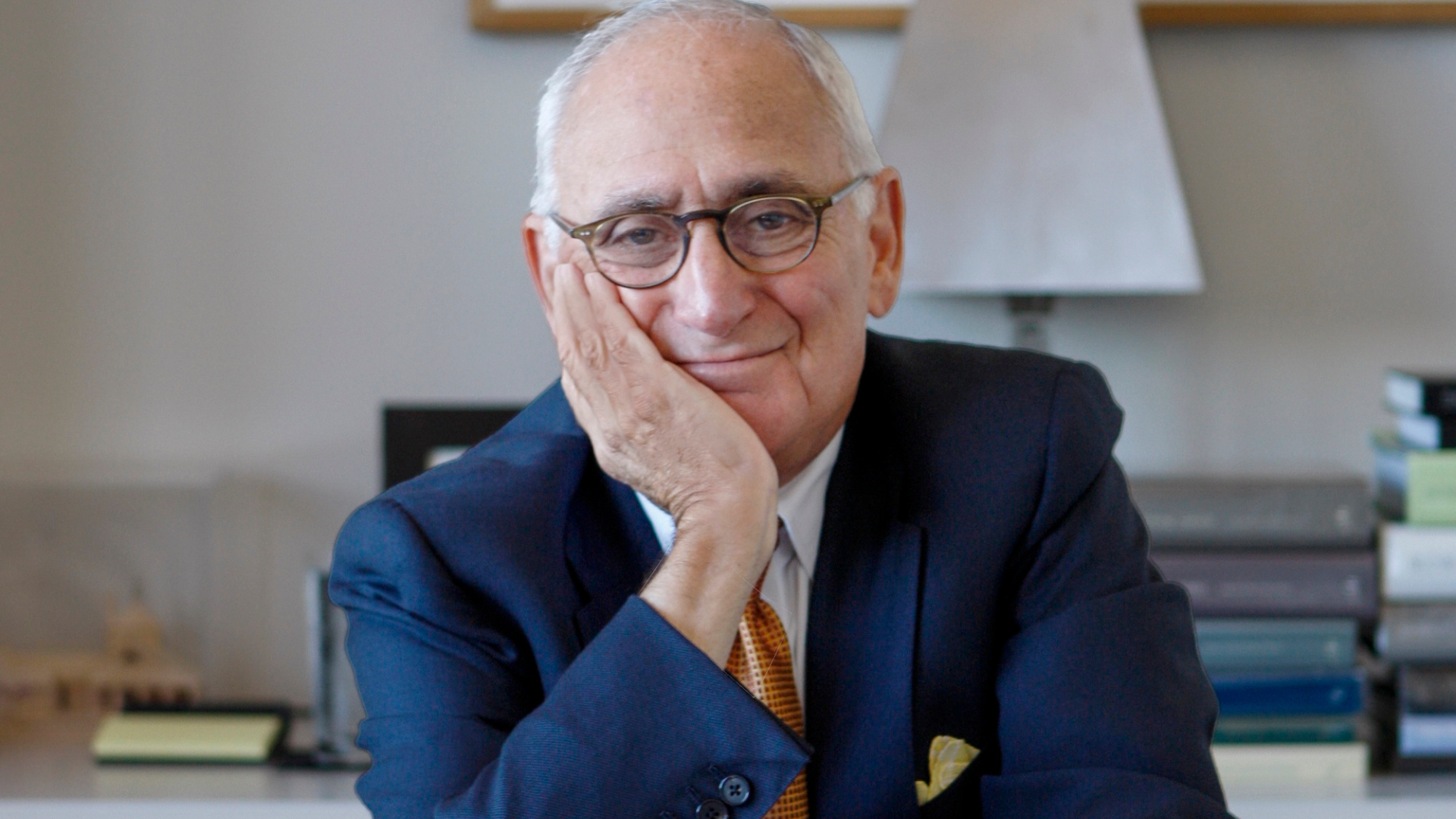 Remembering Robert A.M. Stern, an architect who discovered possibility in the past
Remembering Robert A.M. Stern, an architect who discovered possibility in the pastIt's easy to dismiss the late architect as a traditionalist. But Stern was, in fact, a design rebel whose buildings were as distinctly grand and buttoned-up as his chalk-striped suits
-
 Own an early John Lautner, perched in LA’s Echo Park hills
Own an early John Lautner, perched in LA’s Echo Park hillsThe restored and updated Jules Salkin Residence by John Lautner is a unique piece of Californian design heritage, an early private house by the Frank Lloyd Wright acolyte that points to his future iconic status
-
 The Stahl House – an icon of mid-century modernism – is for sale in Los Angeles
The Stahl House – an icon of mid-century modernism – is for sale in Los AngelesAfter 65 years in the hands of the same family, the home, also known as Case Study House #22, has been listed for $25 million
-
 Houston's Ismaili Centre is the most dazzling new building in America. Here's a look inside
Houston's Ismaili Centre is the most dazzling new building in America. Here's a look insideLondon-based architect Farshid Moussavi designed a new building open to all – and in the process, has created a gleaming new monument
-
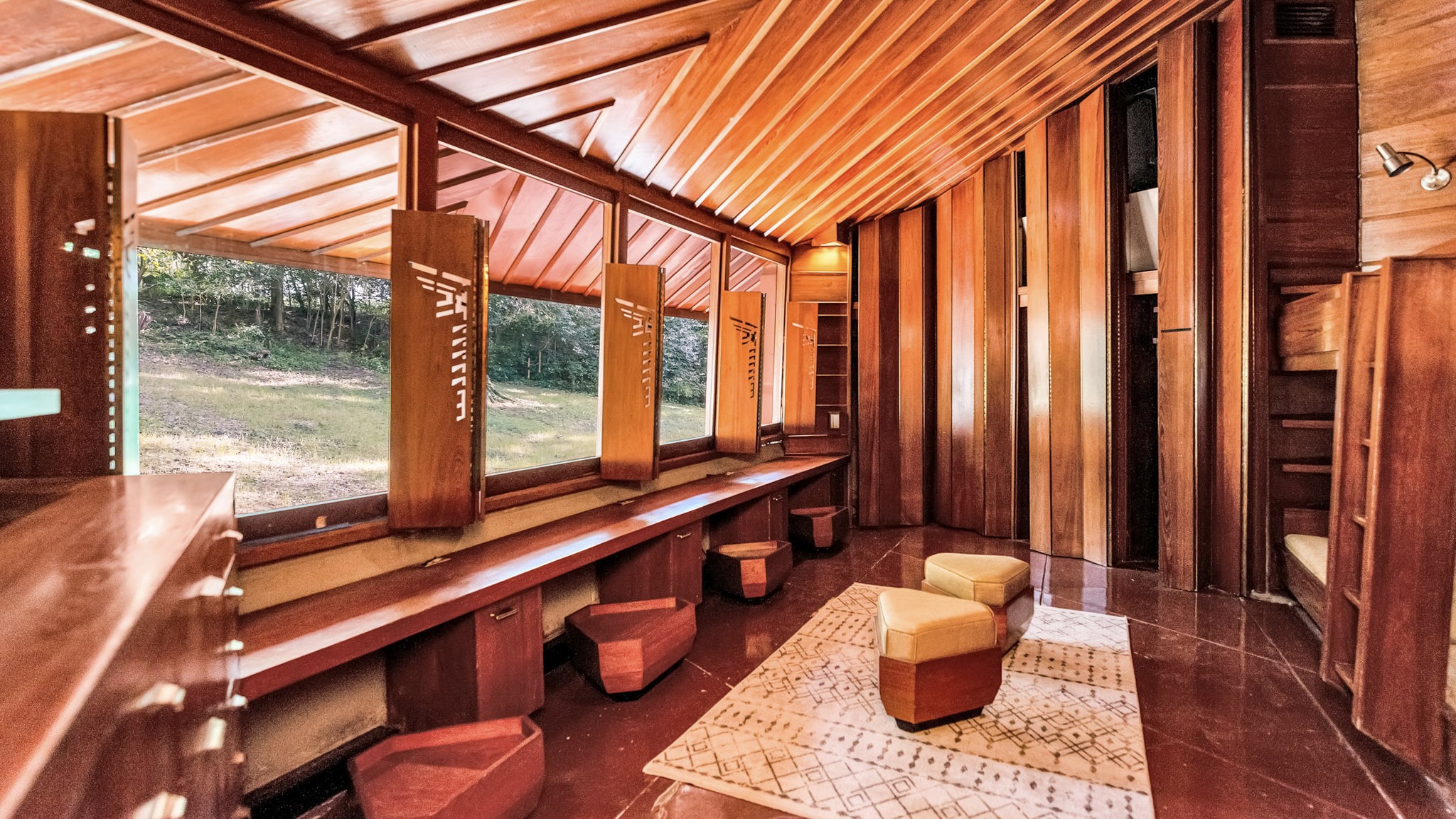 Frank Lloyd Wright’s Fountainhead will be opened to the public for the first time
Frank Lloyd Wright’s Fountainhead will be opened to the public for the first timeThe home, a defining example of the architect’s vision for American design, has been acquired by the Mississippi Museum of Art, which will open it to the public, giving visitors the chance to experience Frank Lloyd Wright’s genius firsthand
-
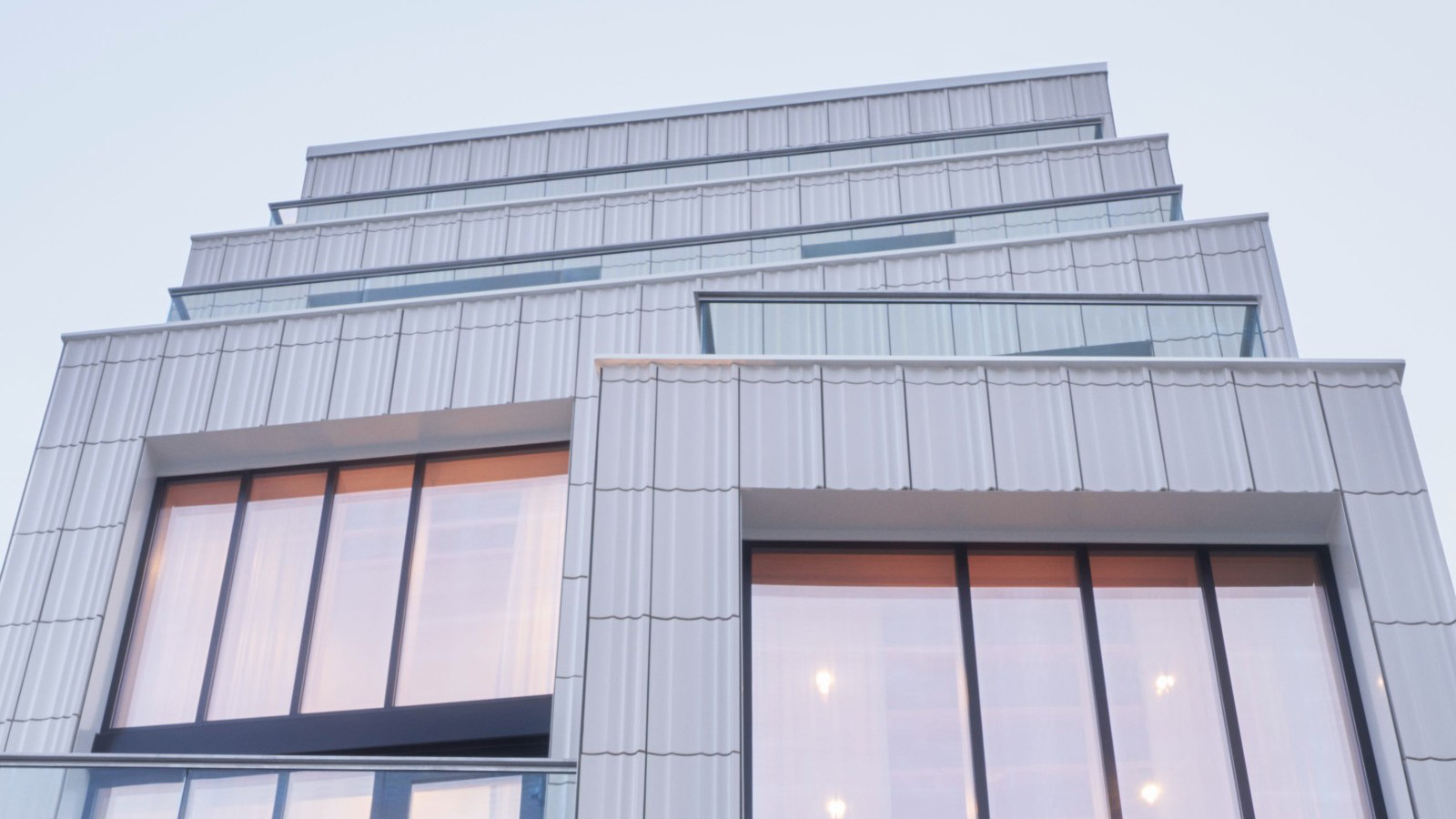 Clad in terracotta, these new Williamsburg homes blend loft living and an organic feel
Clad in terracotta, these new Williamsburg homes blend loft living and an organic feelThe Williamsburg homes inside 103 Grand Street, designed by Brooklyn-based architects Of Possible, bring together elegant interiors and dramatic outdoor space in a slick, stacked volume